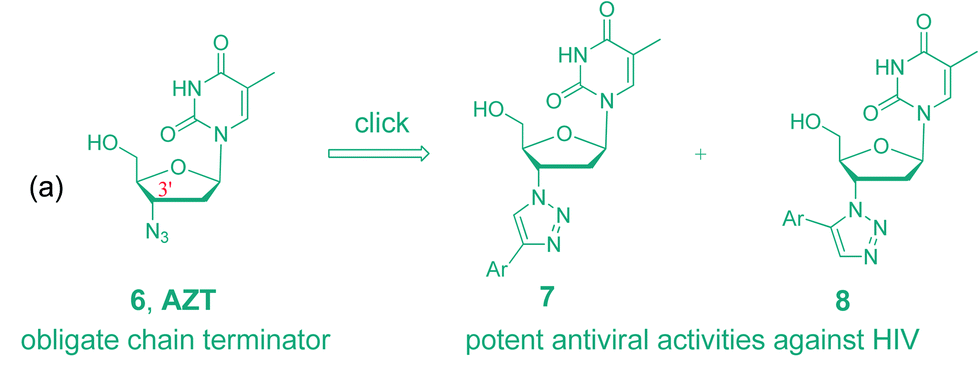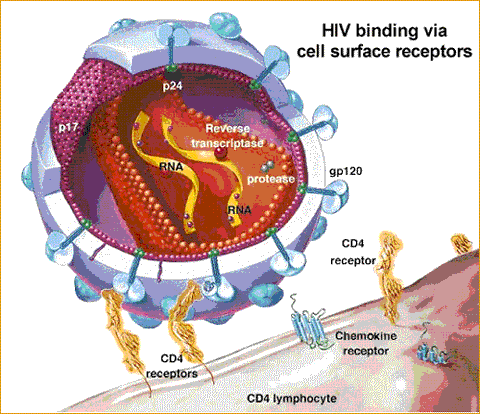Treatment & Therapy
Barriers to HIV/AIDS Treatment
Numerous obstacles must be surpassed in order to develop a successful cure or treatment for HIV. Because the HIV virus attacks the immune system by infecting, disabling, and destroying cells of the immune system, those cells that would originally fight invaders like the HIV virus, can no longer defend the body against the attack. Additionally, HIV has extremely high genetic variability because of its fast replication cycle which makes it difficult for certain drugs to target all forms of the HIV virus with one dosage. Once the HIV virus attacks cells in the immune system, it can spread to other tissues in the body, where CD4+ T cells are abundant. Yet another obstacle is the lack of models for disease; mice,which serve as the models for many different scientific experiments on diseases such as cancer, cannot acquire HIV and therefore present a dilemma for HIV/AIDS treatment.(#26)

Nucleoside Reverse Transcriptase Inhibitors

Non-nucleoside Reverse Transcriptase Inhibitors
Nucleoside reverse transcriptase inhibitors such as azidothymidine(AZT) reduces the replication of the HIV cirus by inhibiting the enzyme, reverse transcriptase. AZT doesn't eliminate the HIV virus but slows HIV replication in patients. Nucleoside reverse trancriptase inhibitors bind to the active site of the reverse transcriptase in order to prevent the transcription of viral RNA into DNA. Additionally, the virus may develop a resistance to AZT and other nucleoside chain terminators over time through a mutation of its reverse transcriptase so it is usually taken with other drugs in a therapy known as highly active antiretroviral therapy(HAART). (#27)
Non-nucleoside reverse transcriptase inhibitors such as nevirapine(NVP) supresses the HIV viral infection by targeting the reverse transcriptase enqyme. Unlike nucleoride reverse inhibitors, NVP and othernon-nucleoside inhibitorsabind allosterically away from the active site to prevent tthe transcription of viral RNA into DNA. Resistance to NVP deffvelopsif viral replication isn't completely inhibited. NVP works more effectively than AZT but contains far more adverse health effects such as liver toxicity. (#28)
Protease Inhibitors
Protease inhibitors such as Ritonavir helps reduce HIV viral replication by blocking the protease enzyme and prevents the cell from producing new HIV viruses. The HIV protease cuts the HIV proteins to make new HIV particles so inhibiting the proteases will slow down HIV viral replication. Like other inhibitors, the HIV may develop mutations to alter the shape of the protease in order to develop resistance to the protease inhibitor. Ritonavir is also used as the combination therapy also known as highly active antiretroviral therapy(HAART). (#29)



